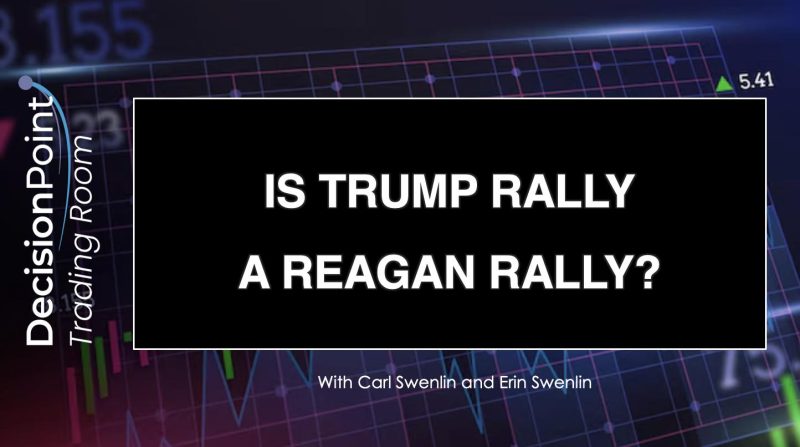The Trump Rally Vs. The Reagan Rally: A Comparative Analysis
The comparison between the Trump rally and the Reagan rally serves as an intriguing subject for discussion. Both rallies were marked by significant fervor and enthusiasm among their respective supporters, making them notable events in American political history. While there are similarities in terms of the charisma of the leaders and the populist appeal of their messages, there are key differences that set these two rallies apart.
One of the primary similarities between the Trump rally and the Reagan rally lies in the charismatic personalities of the leaders at the forefront. Ronald Reagan was known for his strong communication skills and ability to connect with the American people on a personal level. Similarly, Donald Trump’s larger-than-life persona and unfiltered communication style resonated with many voters, contributing to the intense enthusiasm seen at his rallies.
Both rallies also shared a common theme of populism, with the leaders positioning themselves as champions of the common people against entrenched political elites. Reagan’s message of smaller government and individual freedom appealed to a broad base of voters who felt marginalized by the political establishment. Trump, on the other hand, tapped into a sense of economic anxiety and cultural resentment among many Americans, promising to prioritize their interests over those of the elite.
Despite these similarities, there are significant differences that distinguish the Trump rally from the Reagan rally. One key difference lies in the political context in which each leader operated. Reagan’s presidency came at a time when the United States was facing economic stagnation and a Cold War standoff with the Soviet Union. His message of optimism and revitalization resonated with a country in need of direction and leadership.
In contrast, Trump’s presidency was marked by a deeply divided political landscape and a high level of polarization among the American populace. His rallies often became flashpoints for controversy and conflict, with supporters and protesters clashing both inside and outside the venues. This divisive atmosphere set the Trump rally apart from the more unifying and hopeful tone of the Reagan rally.
Another notable difference between the two rallies is the role of the media and technology in shaping the public perception of the leaders. Reagan’s rally benefited from a more traditional media landscape, where newspapers and broadcast television were the primary sources of information. In contrast, Trump’s rally unfolded in the age of social media and 24/7 news coverage, allowing his message to reach a wider audience but also subjecting him to intense scrutiny and criticism.
In conclusion, while the Trump rally and the Reagan rally shared some common characteristics, including charismatic leadership and populist appeal, they were ultimately shaped by different political contexts and media environments. The intense enthusiasm and fervor seen at both rallies are a testament to the enduring power of strong personalities and compelling messages in American politics. By examining these rallies in parallel, we gain valuable insights into the dynamics of political mobilization and the impact of leadership on public opinion.
